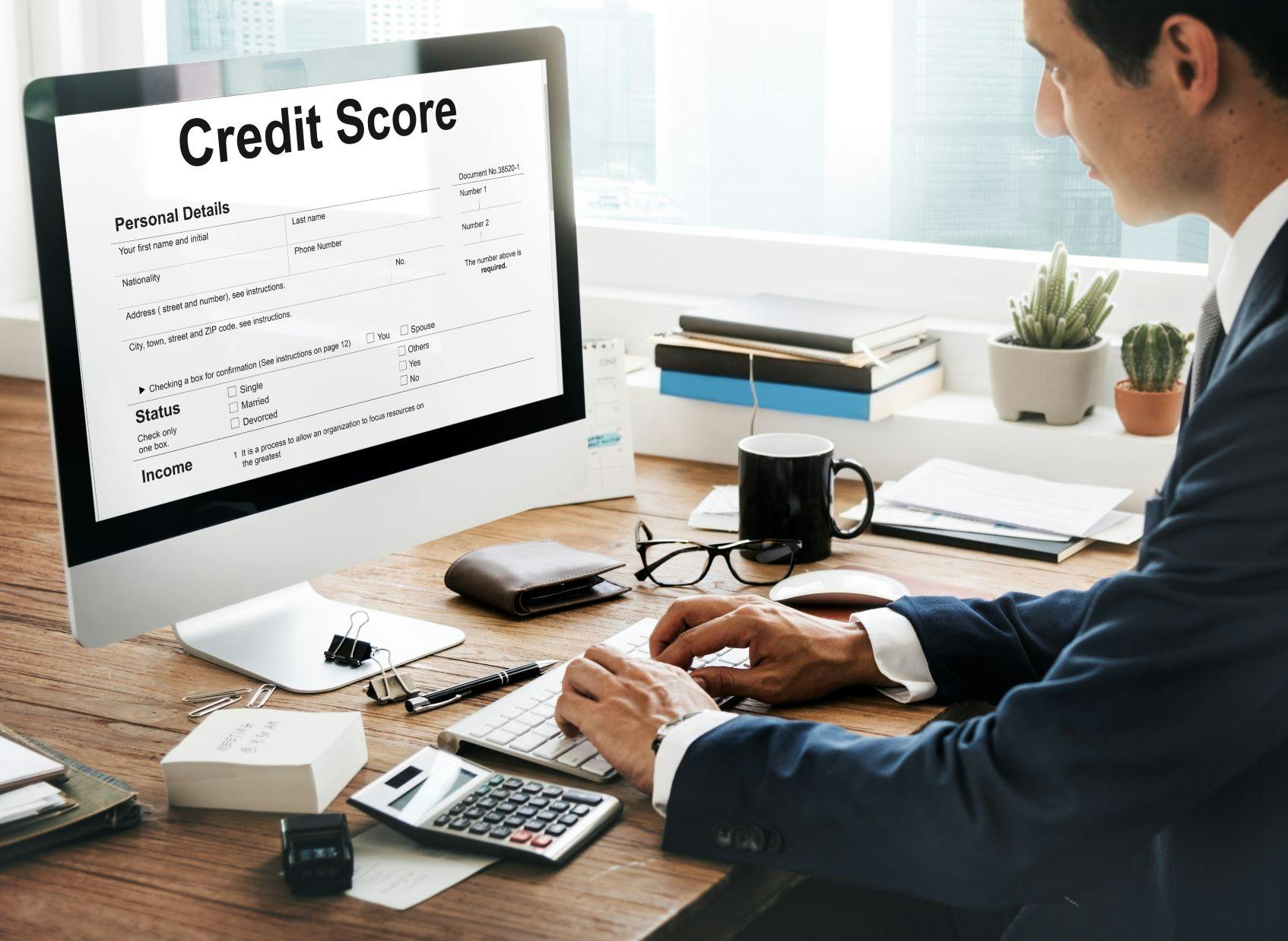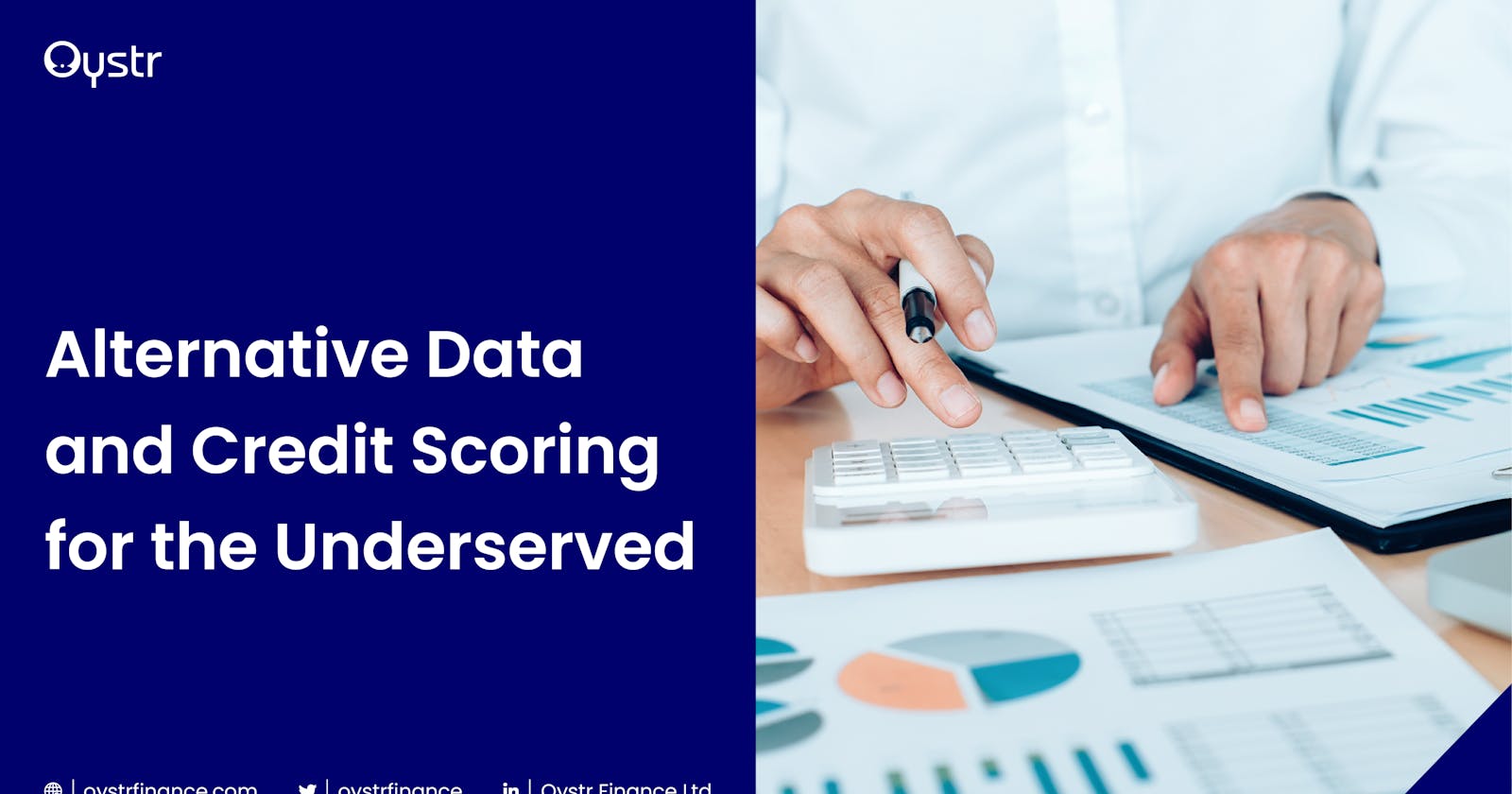The provision of lending services depends on access to relevant customer information for risk assessment. In the past, financial institutions used only traditional customer credit history data to create a credit scoring system. Using this system, they evaluated risk and reduced defaults on repayment and interest.
Lenders, however, face hurdles while making decisions on credit applications from underserved customers like low-income individuals and small businesses. The unavailability of information limits the chances of approval and further excludes such customers from the formal financial system.
The credit scoring industry sought to close the data gap to extend access to thin-file and credit-invisible individuals who make up the underserved. So, they developed new algorithms that utilize unconventional data sources with predictive ability to assess credit risk.
Today, smart lenders predict financial behaviour and creditworthiness without requiring formal credit history, using alternative data to inform credit scoring. In addition, unconventional data sources (e.g. utility bill payments and social media) now help provide credit to thin- and no-file customers.

Credit scoring for the Underserved
Traditional credit scoring effectively serves "thick-file" individuals with formal credit history and active bank accounts. However, the underserved lack formal credit history and can provide adequate conventional data for credit reporting.
Credit scores determine several outcomes in the lending industry. Lending institutions utilize them to make consumer credit access, interest rates, and insurance decisions. For the lenders, it ultimately means staying in business and avoiding bad risks.
Most lenders use FICO scores for credit risk assessment. However, they fail to measure the creditworthiness of an underserved individual accurately. The criteria to define the scores are limited to credit payment history, debts, credit mix, and bank files. The underserved cannot demonstrate creditworthiness based on these models.
Hence, they are considered high-risk customers and often get assigned low credit scores. In fact, lenders find it difficult to score underserved customers due to a lack of formal history.
Therefore, borrowers with good financial behaviour and high repayment probability receive poor credit reports because they have thin files. Their thin files provide no information on their actual financial behaviours.
Hence, they end up with low scores, fewer or no financing options, and high-interest rates. Meanwhile, lenders assess their applications based on the paltry amount of traditional data they can access.
Unfortunately, this sidelines some customers who duly pay rent and utility bills because they have new credit accounts, have a little credit history or prefer cash payments. Fortunately, new credit scoring models demonstrate potential for helping the underserved enter the mainstream financial system.
Using alternative data that reflect financial behaviour, lenders gain predictive insights on consumer credit risk, thin-files or not.

How Alternative Data Is Changing the Tides
Now more than ever, alternative data demonstrates the potential to enhance credit scoring for the underserved. A FICO research reports that the accuracy of alternative credit scores matches that of traditional scoring results. Several players even claim that alternative data submit more accurate credit scores, especially for the underserved.
Lenders that leverage alternative data unravel unique customer insights from large dynamic datasets. The deep information enables them to penetrate underserved populations with low-cost and low-risk credit services. The effectiveness of alternative data in scoring unbanked and underserved individuals increasingly attracts both traditional and alternative lending institutions.
See below how alternatively continuously pulls its weight and drives lending services through credit scoring for the underserved.
AI and Machine Learning
Technological advancements in artificial intelligence (AI) and machine learning (ML) boost the impacts of alternative data on credit scoring and digital finance. The combination of alternative data with AI and ML technologies empowers credit scoring models for smart lenders.
In addition, they help lenders increase automation and adopt new credit scoring methods that improve their services and extend them to the underserved.
With AI and ML, you can review thousands of alternative data sets, identify patterns, and interpret them in real-time. Using the trio to inform your credit scoring delivers accurate scores and less decision time and eliminates tedious paperwork.
More so, whether the customer possesses formal credit history or not poses no difficulty to your risk assessment. You automate your credit scoring process to a large extent and extract hidden predictive insights into future customer behaviour.
In fact, alternative data and ML present the opportunity for automated decisions, greatly reducing application processing time. Additionally, the number of credit approval increases, especially for the underserved.
Credit Underwriting
Alternative data increases the accuracy of underwriting for more accurate credit scoring. Unique insights extracted from unconventional datasets such as sentiment and reputation data bear great potential to enhance underwriting. They provide banks with a more extensive and reliable picture of a customer or business, making it easier to assess creditworthiness and risk.
Additionally, alternative credit data increases the flexibility of underwriting protocols and, consequently, the chances of credit approval for underserved customers.
Creating Financial Identities for the Underserved and Driving Financial Access
Traditional lending institutions consider underserved customers' credit unworthy due to thin files and credit invisibility. The underserved barely have any financial identities, which limits their access to credit and several other services.
However, with alternative data, lenders leverage insights derived from unconventional data sets to create financial identities for the underserved. From such financial identities, they get comprehensive payment history for credit scoring.
Moreover, alternative credit scoring qualifies more customers for credit than traditional credit scoring. As a result, more traditionally, credit-unworthy individuals and businesses gain access to credit. Furthermore, they get included in the formal financial system and access even more financial services and products.

Additional Merits to Lenders and Underserved Borrowers
Alternative credit scoring confers several other benefits on lending services providers and underserved individuals or businesses. They include:
- Accurate Customer Profiling
- Loan Pricing
- Low Default rates
- Low-Interest rates
- Low Credit Application Processing Time
- Less Paperwork
- Encourages Digital Inclusion
- More Financing options
Why Alternative Data?
If you are wondering why alternative data is shaking the lending world, here's why:
- Alternative data sources have vast, dynamic, and consistent coverage.
- They provide specific, relevant, and predictive information about customer behaviour.
- Alternative credit data is accurate and up-to-date and can be frequently updated.
- It also complements traditional credit data to paint a complete picture of a customer's financial situation and behaviour.
- It gives deep, hidden, unique insights that cater for underserved customers with limited formal financial data.
- It uses cloud technology to store data and update existing models
- It allows the automation of credit scoring processes.
Concerns about Alternative Credit Scoring
There are always concerns whenever anything is developed as an alternative to traditional frameworks. Likewise, using alternative data for credit scoring raises specific concerns of serious shortcomings. They include:
Security and Accuracy
Data privacy and data ownership
Lack of transparency
Although these concerns exist, experts identify that proper measures, using the right agency, regulations, and education, easily mitigate them.
Conclusion
The shift towards alternative data keeps blazing trails in the lending services industry. Alternative credit data provides insights that make lending services more effective and inclusive.
Smart lenders use it to build predictive credit scoring models for assessing credit risk. As a result, alternative credit scoring extends its services to millions of underserved consumers previously deemed unworthy.
With Oystr Finance, you can integrate alternative data credit scoring, while mitigating risk. Visit our website to find out more.

